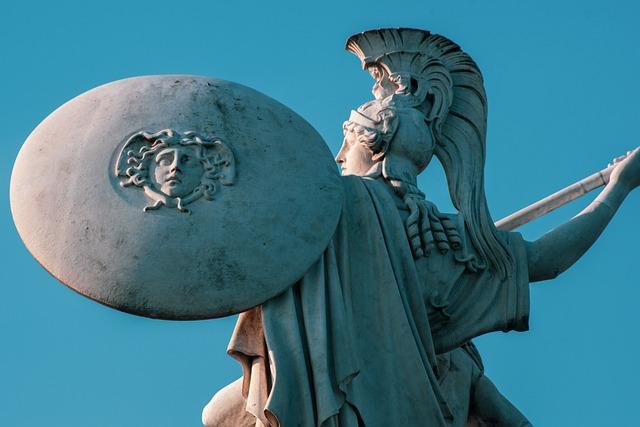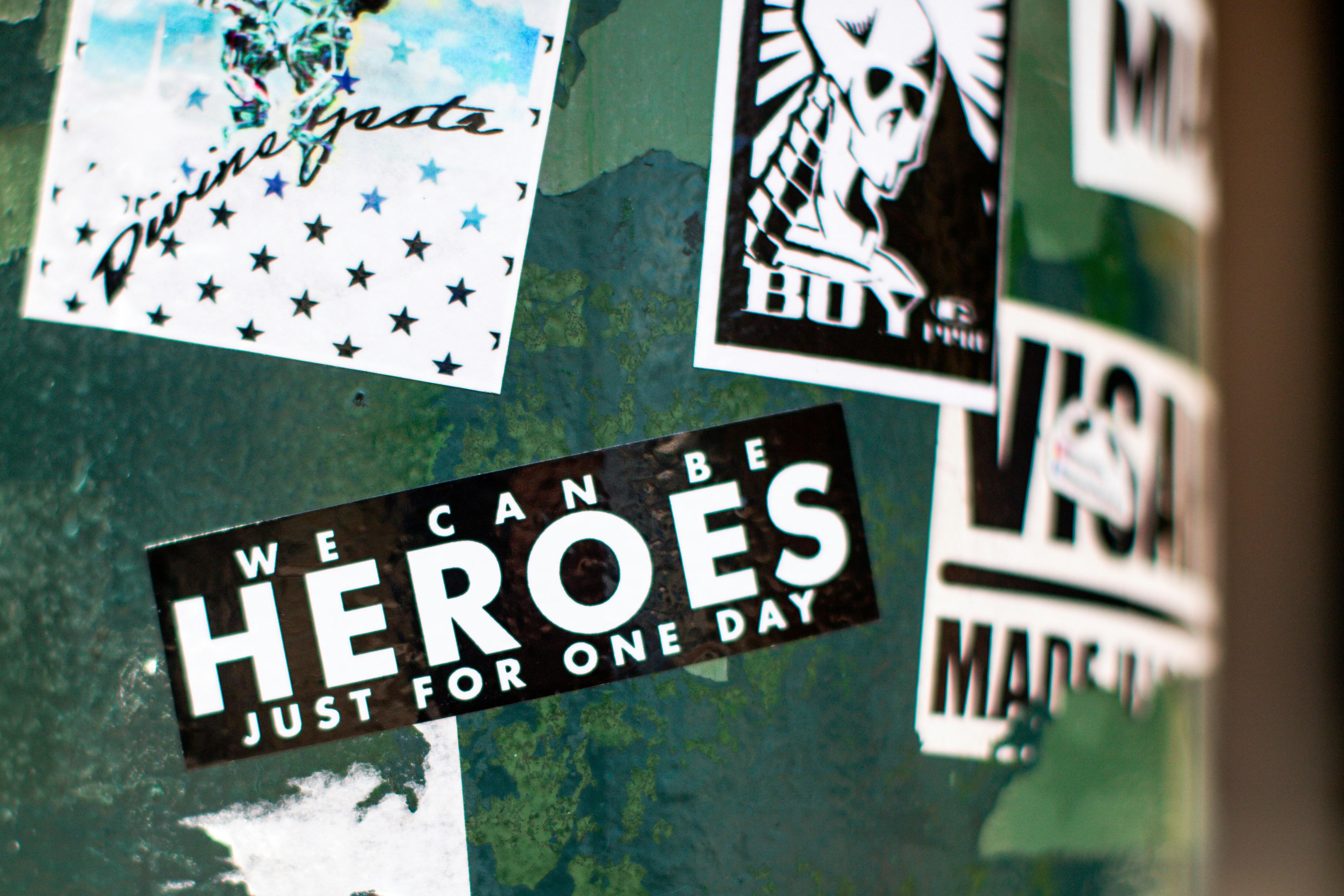In the grand tapestry of cinematic history, the silver screen has long been dominated by larger-than-life figures, donning capes and exuding virtue. These superheroes, paragons of morality and justice, have captured the collective imagination, standing as beacons of hope in a chaotic world. Yet, as the reels of time spin forward, a fascinating metamorphosis unfolds. The spotlight is shifting, illuminating a new breed of protagonist—one cloaked in shades of gray and complexity. From the shadowy alleys of Gotham to the morally ambiguous landscapes of modern cinema, antiheroes are emerging, captivating audiences with their flawed humanity and intricate narratives. This evolution from superheroes to antiheroes marks a profound shift in popular film, reflecting deeper currents within society itself. Join us as we delve into this intriguing transformation, exploring the forces behind the rise of the antihero and what it reveals about the stories we crave today.
Rise of the Relatable: Why Audiences Embrace Flawed Heroes
In the golden age of cinema, heroes were often portrayed as paragons of virtue, embodying ideals that seemed almost unattainable. However, contemporary audiences are increasingly drawn to protagonists who display a more complex, often flawed, human nature. This shift is evident in the growing popularity of antiheroes, characters who may not always do the right thing but whose struggles and imperfections resonate deeply with viewers.
- Authenticity: Flawed heroes offer a sense of realism that traditional superheroes often lack. Their vulnerabilities and moral ambiguities make them more relatable.
- Complexity: Antiheroes often have intricate backstories and multi-dimensional personalities, providing richer narratives that captivate audiences.
- Emotional Connection: Viewers find it easier to empathize with characters who face internal conflicts and make mistakes, mirroring their own life experiences.
Cinematic Evolution: From Caped Crusaders to Complex Characters
In the golden age of cinema, superheroes were depicted as near-perfect paragons of virtue, draped in capes and adorned with unwavering moral compasses. These characters, like Superman and Captain America, symbolized hope, justice, and an idealistic vision of heroism. However, as audiences have evolved, so too have their tastes in protagonists. The modern cinematic landscape now embraces complex characters whose moral ambiguities resonate more deeply with viewers.
This shift is evident in the rise of antiheroes—characters who blur the lines between good and evil, right and wrong. Unlike their pristine predecessors, antiheroes such as Deadpool, Tony Stark, and Wolverine possess flaws, vulnerabilities, and darker motivations that make them more relatable and human. The evolution from caped crusaders to multifaceted personas reflects a broader cultural appetite for stories that explore the intricacies of the human condition.
- Flawed yet relatable: Audiences crave characters who mirror their own imperfections.
- Moral ambiguity: Stories now often feature protagonists who grapple with ethical dilemmas.
- Human vulnerabilities: Today’s heroes are not invincible; they are scarred, both physically and emotionally.

The Psychology Behind the Antihero Appeal
The allure of the antihero taps into the complexities of human psychology, drawing audiences with characters who defy traditional moral boundaries. Unlike the flawless paragons of virtue that classic superheroes often represent, antiheroes resonate because they embody the multifaceted nature of real people. They are flawed, conflicted, and often driven by personal motives that are not always noble. This relatability allows viewers to see a reflection of their own struggles and imperfections, making these characters compelling and emotionally engaging.
Several psychological factors contribute to the appeal of antiheroes:
- Ambiguity: Antiheroes operate in the gray areas of morality, challenging viewers to question their own ethical beliefs.
- Redemption Arc: The potential for redemption or personal growth in antiheroes adds a layer of hope and complexity to their narrative.
- Relatability: Their flaws and vulnerabilities make them more relatable and human, as opposed to the often unattainable perfection of traditional heroes.
- Empathy: Understanding the motivations behind their questionable actions can evoke empathy, even if their methods are not entirely justifiable.
In a world where moral clarity is often elusive, antiheroes provide a canvas for exploring the intricate dynamics of good and evil, right and wrong, making their stories profoundly compelling.

Crafting Compelling Narratives: Lessons for Filmmakers
As the landscape of cinema evolves, so does the nature of its central figures. Superheroes, once the unequivocal paragons of virtue, now share the limelight with more complex and morally ambiguous antiheroes. This shift reflects a growing audience appetite for nuanced storytelling, where characters are multi-dimensional and their journeys more relatable. Filmmakers can harness this trend by diving deep into the psychological and emotional landscapes of their protagonists, exploring themes such as:
- Redemption: Characters seeking to atone for past mistakes.
- Moral Ambiguity: Heroes with questionable ethics, reflecting real-world complexities.
- Internal Conflict: Protagonists grappling with inner demons and personal dilemmas.
By embracing these elements, storytellers can craft compelling narratives that resonate on a profound level, ensuring their films captivate and engage audiences long after the credits roll.































